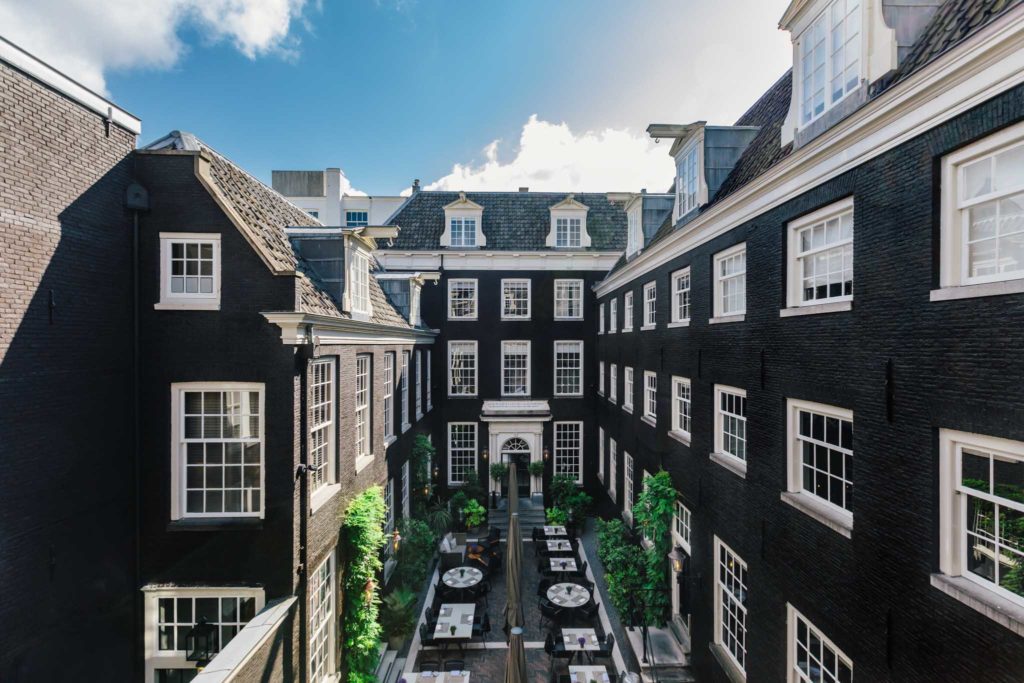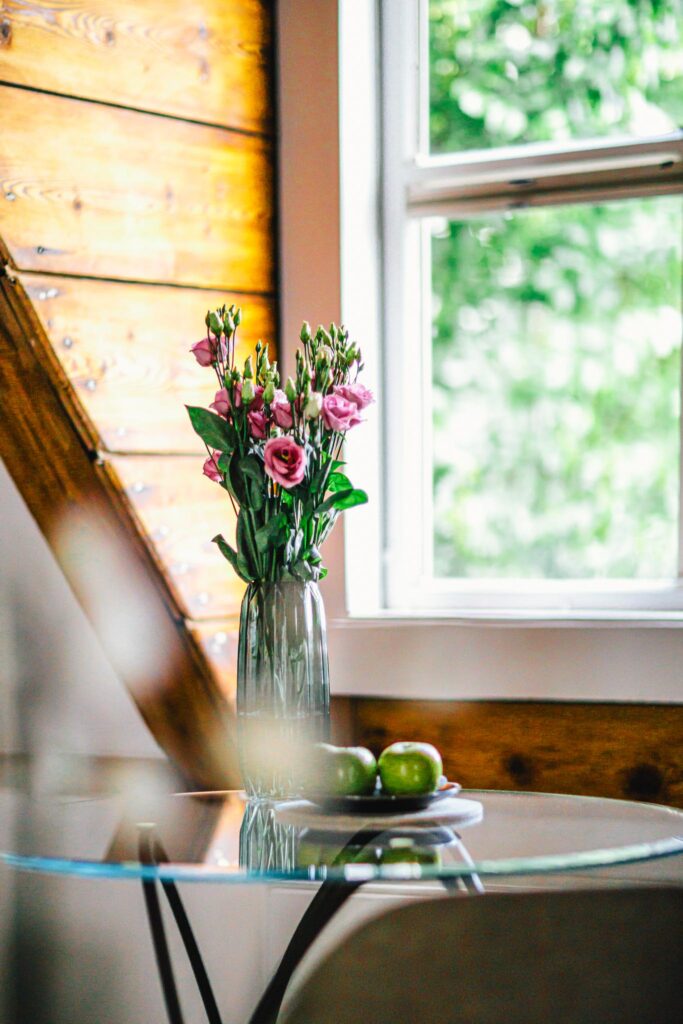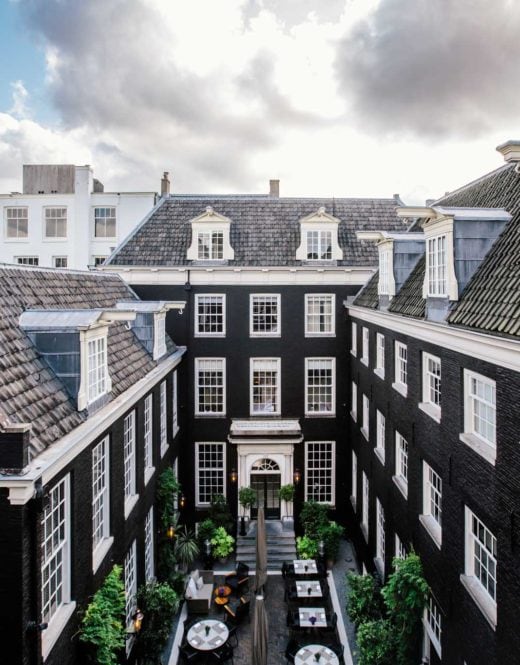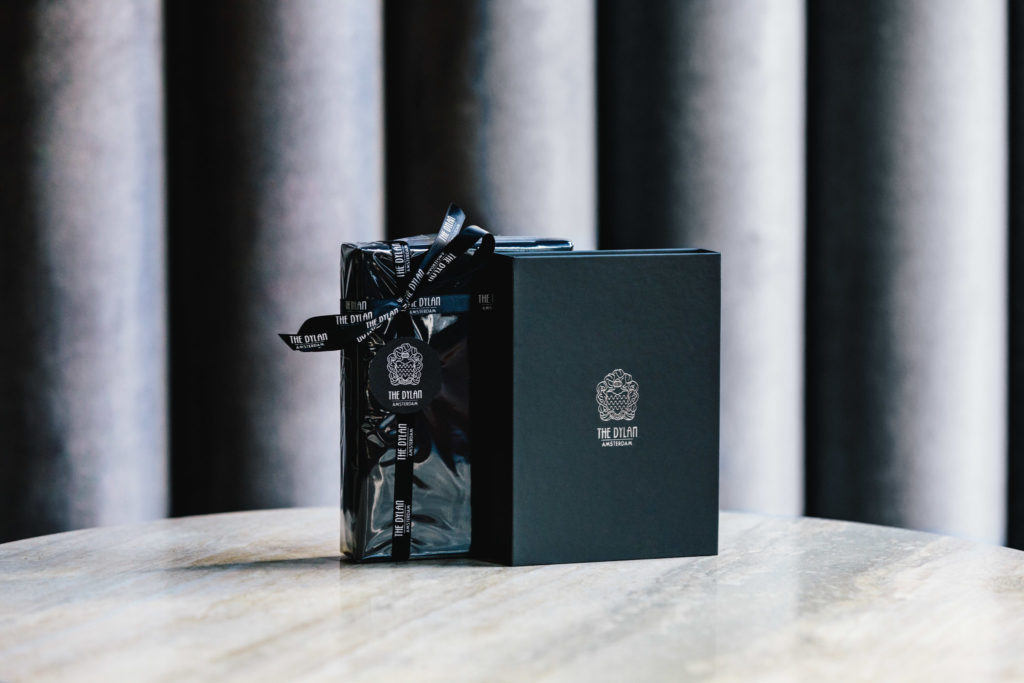In 1773 the regents of the Roman Catholic Old and Poor People’s Office bought the site where The Dylan is located nowadays. The Roman Catholic Old and Poor People’s Office was one of the most important Catholic charities in those times. After 1773 the Keizersgracht 384 was used for different activities. It was particularly the rich Roman Catholic townsfolk who were forced to busy themselves with charitable activities. After a fight with the catholic clergy, the regents were forced to take care of the poor people of this community themselves. This necessitated the purchase of a large office, which is now known as the Regents Room in The Dylan Amsterdam.
The Regents decided to bake their own bread in the building in 1787. A bakery was fitted out for this purpose and was years later discovered intact during the restoration work of 1975. It is now the site of the Dylan’s restaurant.
Large numbers of poor Catholic people regularly came to Keizersgracht 384 for food or alms. Only the finer, poor people, also called the shameful poor, were allowed to collect their alms at the Regents’ home. Long rows stood waiting in what were known as the Food Stocks. Poor people were lined up along the Food Stocks, where the lounge is now to be found, and were allowed into the alms room one at a time.
Lucas Pompejus OCCO was, as well as Jean Baptiste Barbou, one of the Regents from the Roman Catholic Old and Poor People’s Office who played a major role in a very important period in both Amsterdam’s and Holland’s History. Their family weapons proudly adorn the ceiling of the Regents Room.
That is how the Regents room, Bar Brasserie OCCO and private dining room Barbou got their names.





